Barrel Spotlight: One Mash Bill, Two Unique Paths
Welcome back to the Brindiamo Barrel Spotlight, our weekly email series highlighting the barrels, distilleries, and market dynamics shaping today’s...
4 min read
 Matt Breese
:
Apr 5, 2025 1:36:57 PM
Matt Breese
:
Apr 5, 2025 1:36:57 PM
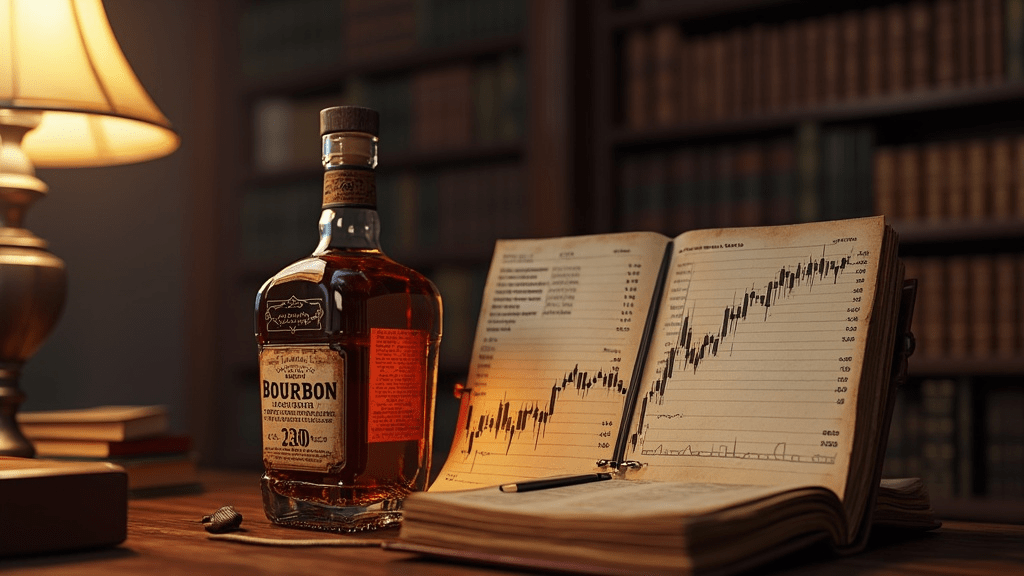
Bourbon, America's native spirit, has experienced significant fluctuations over the past two centuries. From its humble beginnings in small Kentucky distilleries to its current status as a global phenomenon, the bourbon industry has seen cycles of boom and bust shaped by economic shifts, changing consumer preferences, and regulatory developments.
This blog explores the key trends that have defined the bourbon market from the early 19th century to today.
The origins of bourbon trace back to the late 18th and early 19th centuries when European settlers, particularly Scots-Irish and German immigrants, began distilling whiskey in Kentucky. The abundance of corn in the region led to the development of a unique style of whiskey that would eventually be recognized as bourbon.
With advancements in transportation, including the expansion of railroads and steamboats, bourbon found its way to larger markets across the United States. The 19th century also saw the rise of industrialized distillation, improving both quality and production capacity.
The passage of the 18th Amendment and the Volstead Act in 1920 criminalized alcohol production and sales in the U.S., dealing a severe blow to the bourbon industry. Many distilleries were forced to shut down, with only a few granted government permits to produce "medicinal whiskey."
After Prohibition was repealed in 1933, bourbon made a strong comeback, driven by renewed consumer demand and significant marketing efforts. The 1950s and 1960s are often referred to as the "golden age" of bourbon.
Despite its post-war success, bourbon faced a severe downturn starting in the 1970s. Changing consumer preferences and the rise of clear spirits like vodka and gin led to a sharp decline in bourbon sales.
By the mid-1990s, bourbon began to show signs of recovery, driven by a renewed interest in high-quality, small-batch, and single-barrel expressions. Distilleries like Maker’s Mark, Woodford Reserve, and Buffalo Trace capitalized on this trend by reintroducing premium bourbons.
The bourbon renaissance took off in the mid-2000s, fueled by a surge in global demand and a shift toward premium spirits. Over the past two decades, bourbon has reached unprecedented levels of popularity.
While bourbon continues to thrive, the industry faces new challenges:
Despite these challenges, bourbon’s deep-rooted history, premium appeal, and strong consumer loyalty suggest that it will remain a key player in the global spirits industry. Brands that focus on authenticity, sustainability, and innovation will likely lead the next phase of bourbon’s evolution.
The bourbon market has undergone dramatic shifts over the last two centuries, from Prohibition-induced collapse to a modern-day resurgence. While bourbon remains in high demand, investors and enthusiasts should recognize the cyclical nature of the industry. By understanding past trends, market forces, and consumer behaviors, stakeholders can make more informed decisions about bourbon’s future.
Whether you’re a collector, investor, or casual drinker, bourbon’s history offers a fascinating look at how tradition and innovation continue to shape this iconic American spirit.
Want to stay ahead in the evolving bourbon market?
Partner with Brindiamo for insights, sourcing solutions, and strategic support backed by decades of industry expertise. Connect with us today.
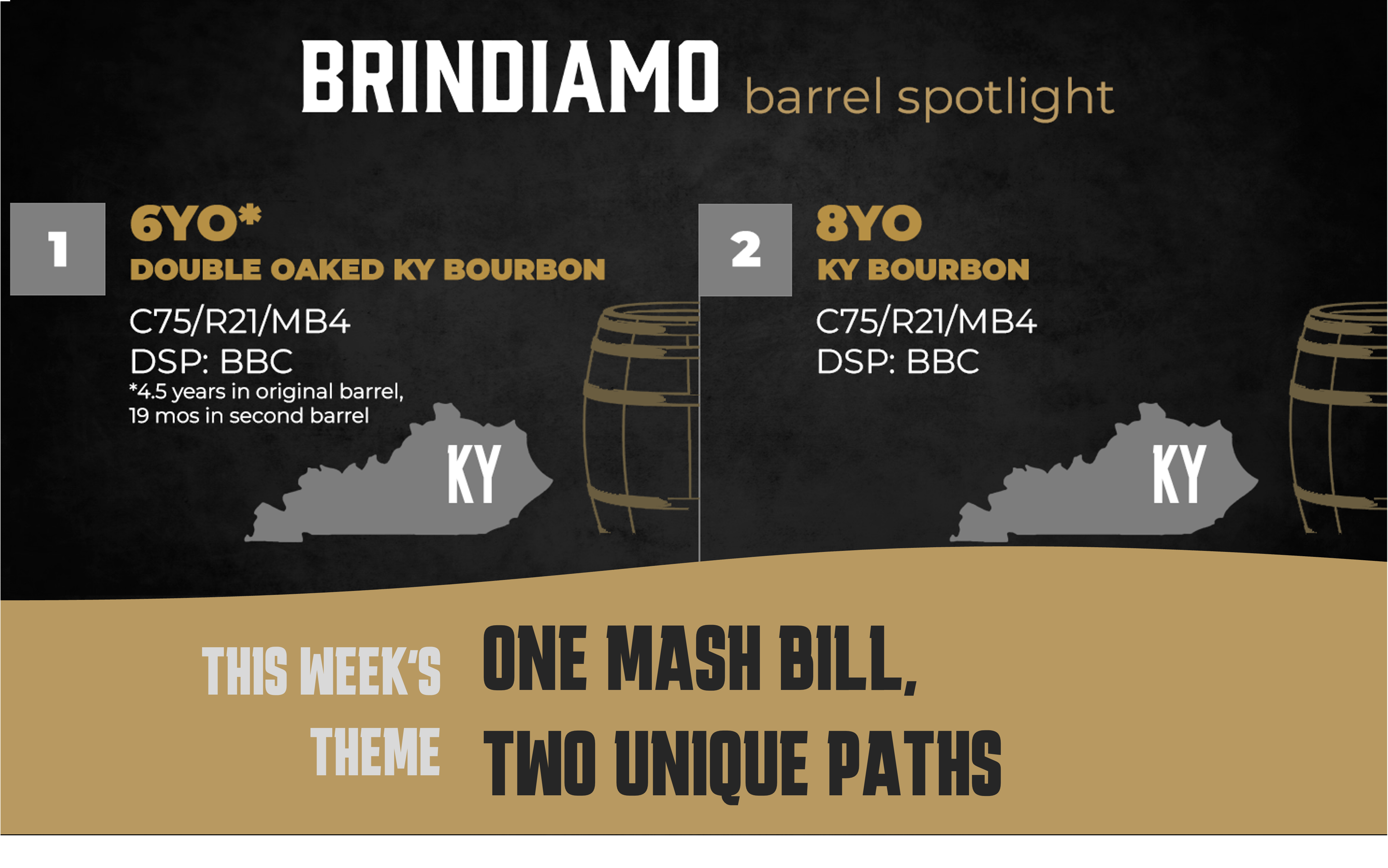
Welcome back to the Brindiamo Barrel Spotlight, our weekly email series highlighting the barrels, distilleries, and market dynamics shaping today’s...
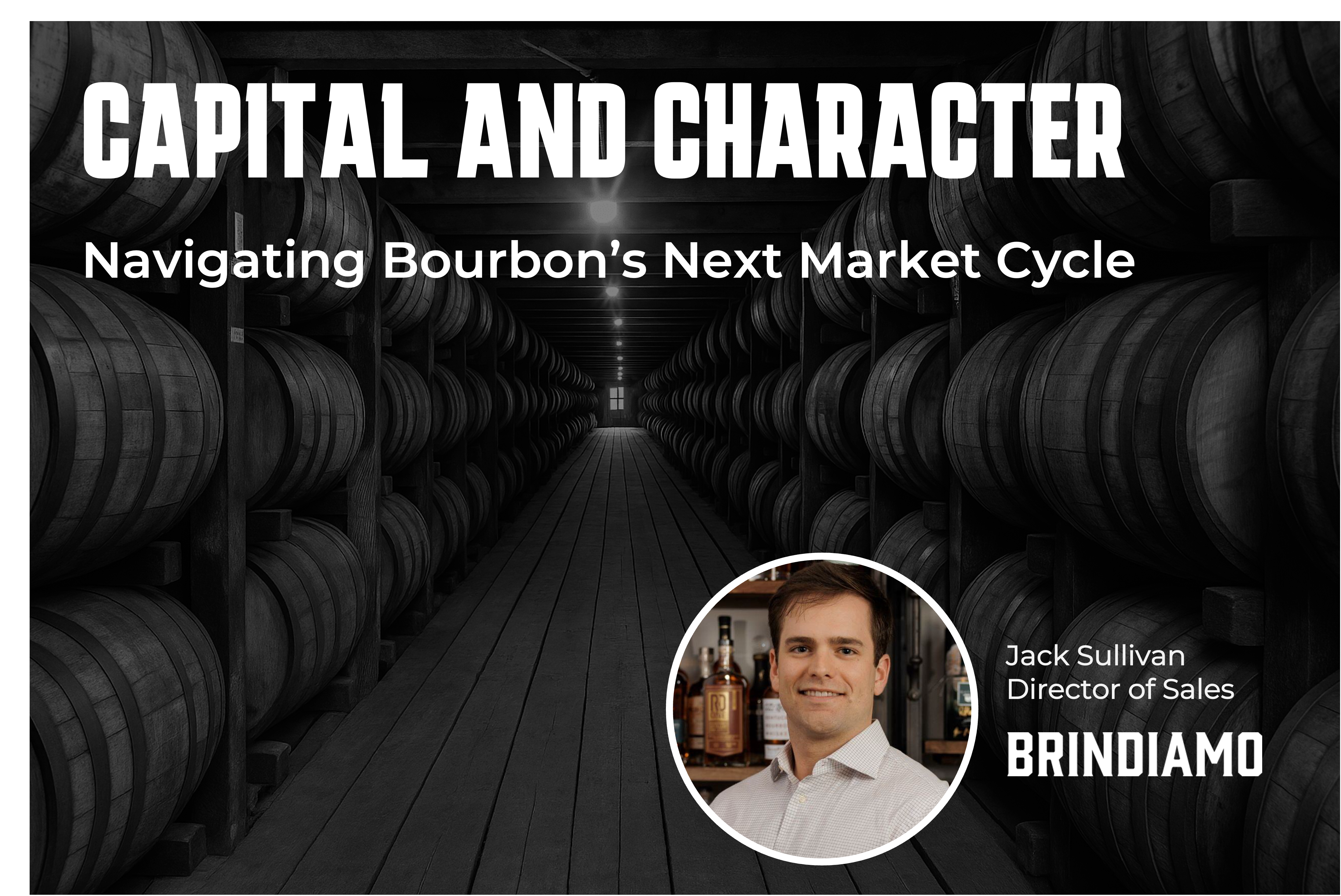
The market for bourbon barrels is bifurcated. Over the course of the last 24 months, the conversation has shifted from how to find whiskey to how to...
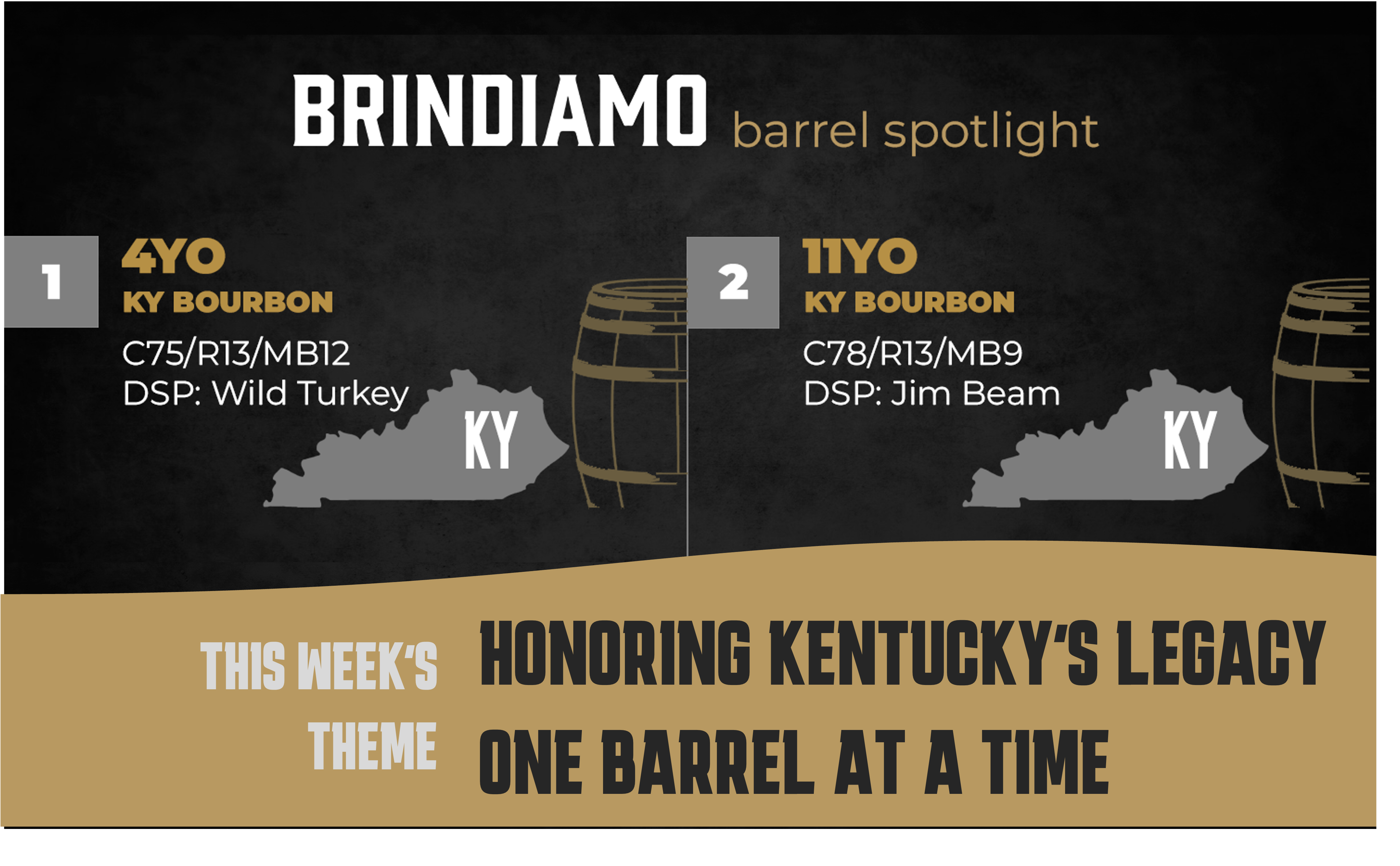
Welcome to the Brindiamo Barrel Spotlight, our weekly series celebrating the barrels, distilleries, and market dynamics shaping today’s whiskey...
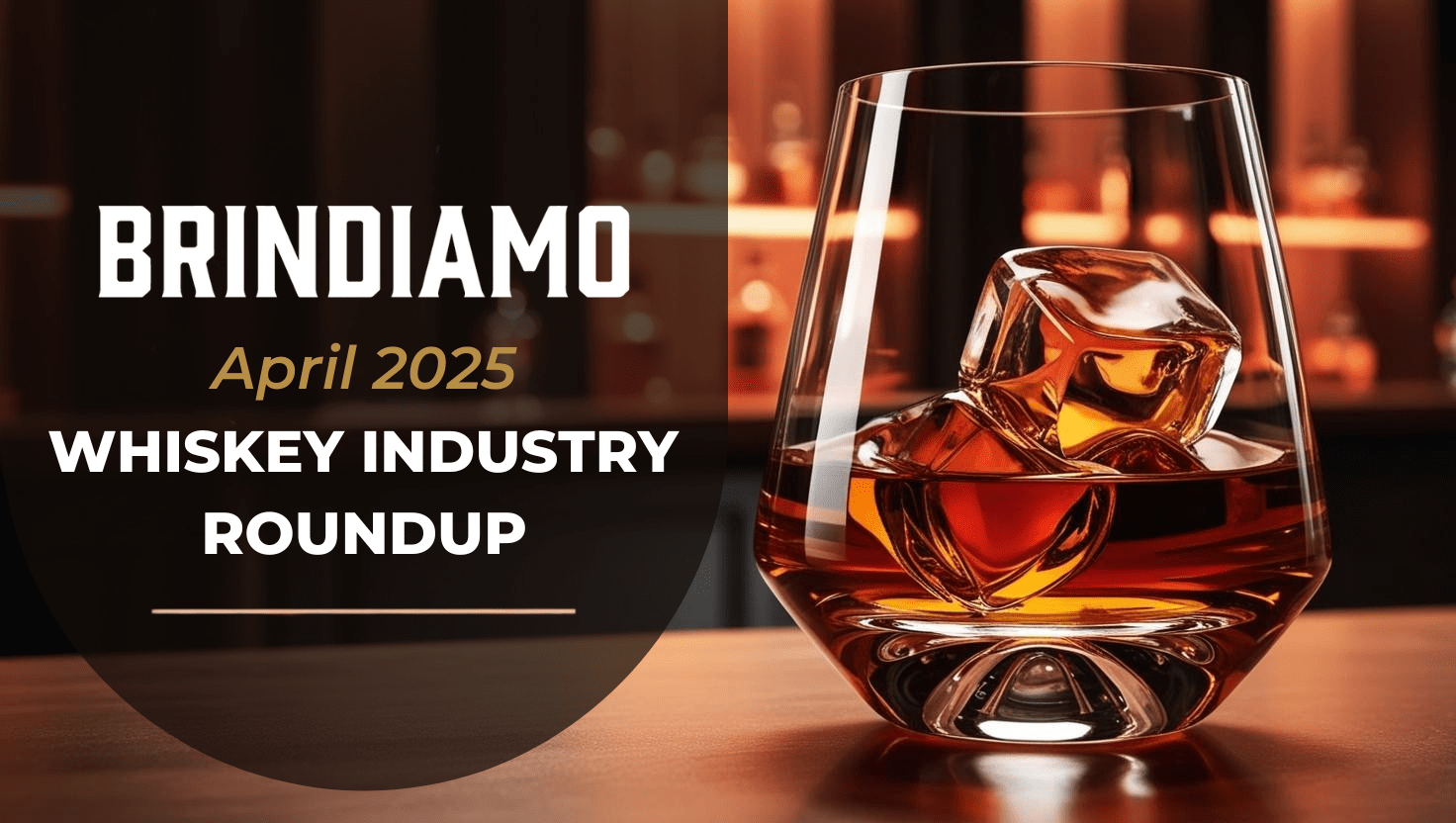
Insights from the Mark Brown Industry Newsletter and Beyond
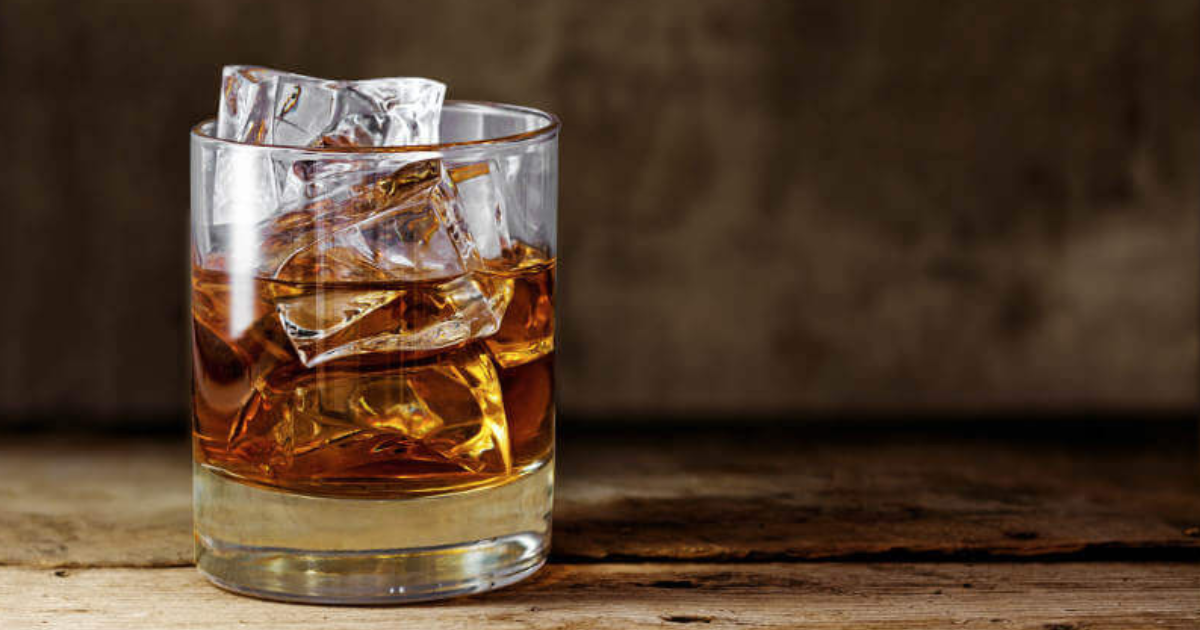
S.P.I. Group has acquired the rights to "The Wise Man's Bourbon,"™, adding a new whiskey brand to its growing wine & spirits portfolio. Additionally,...
.png)
Bourbon has seen a surge in popularity over the past decade, making it more accessible than ever before. But what exactly is bourbon? How can you...
Join the conversation
Leave a comment below.